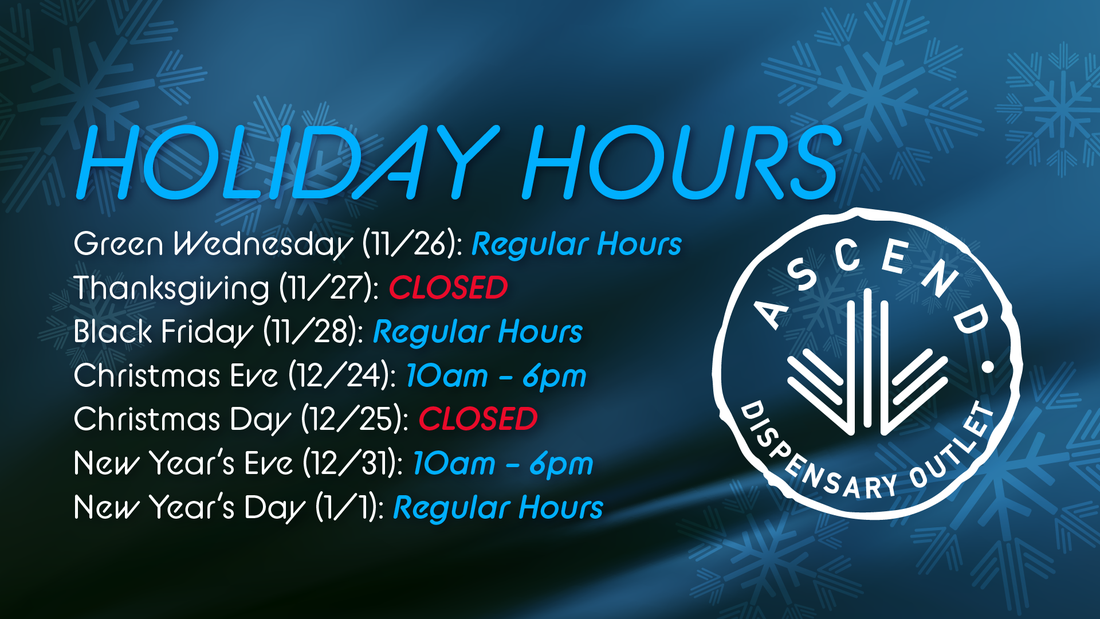Cannabis affects everyone differently. Different strains and methods of consumption give users different effects. And new users generally feel different effects than more experienced users.
Effects can vary — some people don’t feel anything at all the first time they try cannabis. For the most part, the experience tends to be kind of relaxing and a little euphoric. Some people can become more outgoing and social. However, others find cannabis makes them tired, anxious or even paranoid.
It is very important to proceed with consuming medical cannabis cautiously and with respect for its efficacy – start slow with a low dosage and see how it affects you. Keep track of your dosing, type of product and the feelings that it provided – this will help you better understand how cannabis can best work for you.
Short-term effects
The short-term effects of cannabis begin only minutes after the flowers of the plant (called “bud”) are smoked or vaporized (“vaped”). If eaten, the effects are perceived about an hour after ingestion. The effect of smoked or vaped cannabis remains for one to four hours (depending on the potency of the particular cannabis), while those who consume edibles experience efficacy for longer periods of time. Effects may include coughing, euphoria, dry mouth, red eyes, increased appetite (the “munchies”), blurred vision, delayed motor reactions, sedation, and even anxiety. As mentioned, psychoactive effects decrease with continued use (tolerance building). However, in the vast majority of cases, side effects are minimal and can be controlled with dose management (titration). Although rare, some patients who consume too much cannabis, especially in edible form, sometimes experience temporary anxiety attacks, convulsions, and other negative psychological reactions.Long-term effects
Due to its psychoactive properties, there are concerns with the effects of long-term use of cannabis. Although raw flower cannabis is a strictly-prohibited substance at the federal level, with little research and no human trials, the FDA has approved synthetic versions of THC, the primary cannabinoid that delivers both euphoria and medical efficacy. Unlike raw cannabis, which is classified as a Schedule I substance (the most strict drug classification), these derivations of the plant are categorized as Schedule III substances because they are deemed less likely to produce addiction in users. In 1999, the Institute of Medicine determined that there should be two categories of concerns about long-term use of cannabis: 1) the effects of consuming whole-plant cannabis; and 2) the results of consumption of THC only.Side effects of cannabis
Cannabis has been determined to be one of the safest substances consumed by humans. Thousands of years of anecdotal reports and mounting research evidence has shown that it is impossible to overdose on the substance. Those unfamiliar with its use, however, should understand possible side effects before using the plant (or one of its extracts or concentrates) to treat medical conditions or obtain a euphoric “high.” Uneasiness: Although cannabis consumers typically gain a feeling of comfort and ease—with millions using it to treat anxiety—some experience heightened feelings of anxiety, especially with sativa strains. Strategies for dealing with this include consumption in a safe, familiar environment and eating food. Those who suffer such reactions should purposefully reduce the amount consumed during subsequent sessions. Social stigma and illegality also contribute to the stress experienced by some who consume cannabis. Hunger and Thirst: Cannabis is infamous for stimulating appetite and giving users “the munchies.” Users are encouraged to eat and drink healthy foods instead of sugary junk food. Indica strains are responsible for an increase in appetite, whereas sativa varieties can actually reduce appetite and possibly be an effective treatment for conditions involving obesity or overeating. Red Eye: Cannabis users often experienced a redness of the eyes that is a standard symptom of consumption of the herb. Those concerned that they might be detected should employ eye drops or wear sunglasses. Drowsiness: Just as indica strains of cannabis increase appetite, they often also produce drowsiness (often labeled “couchlock”). Sativa strains produce the opposite effect and result in an energetic, productive high. For this reason, sativa strains are recommended in the morning or midday, while indica types are best for evening and night use. Sleeplessness: Some hybrid and sativa strains of marijuana can produce sleeplessness. If possible, users should understand the type being consumed and the best time of day for use. In a perfect world, patients would possess both indica and sativa strains, giving them the ability to medicate with the variety that is best for their particular situation and time of day. Short-term Memory Loss: Depending on the type and strength of cannabis being consumed, some users may experience short-term memory loss, confusion, or an inability to perform complex tasks requiring focus. For this reason, patients should be familiar with the strength and effects of a particular strain and strive to consume only when appropriate. Euphoria: Nearly all cannabis users report relatively strong feelings of euphoria and being “high” after consumption. Often, situations that normally would elicit no reaction are perceived as humorous or even hilarious. If this type of response might be inappropriate, such as during work hours or when associating with those who might disapprove of the consumption of marijuana, users should avoid consumption until it is safe and acceptable to do so.Potential hazards of smoking cannabis
Smoke of any type, from any substance, contains several of the same unhealthy chemicals also delivered by tobacco smoke. Some believe that cannabis smoke, like that of tobacco, may increase users’ risk of lung cancer and respiratory diseases. Fortunately for patients consuming cannabis, research has revealed that smoked marijuana produces almost none of the same risks as smoked tobacco. Studies have revealed that heavy, long-term use may produce bronchitis in users, including a chronic cough (similar to heavy tobacco smokers). Chronic consumers of large quantities of cannabis should consider alternative means of consumption, including edibles and vaporizing. Some have assumed that smoking cannabis for an extended period of time could increase the risk for lung cancer, in much the same way it does for tobacco. More research is clearly required, as studies to date have not confirmed this negative connection. Consumption of cannabis, smoked or otherwise, has actually been shown to prevent or reduce cancer. Thus, even though cannabis smoke contains some of the same cancer-causing compounds found in tobacco smoke, the efficacy of cannabinoids in marijuana can possibly negate these effects, preventing tumors from forming. A five-year investigative study was released in 2006 which revealed that even heavy smoking of cannabis does not lead to lung cancer or other types of the disease. The study reported that cannabis may offer compounds (cannabinoids) that control aging cells, preventing them from becoming cancerous. Other studies have also found that cannabis smokers do not experience an increase in Obstructive Pulmonary Disease, an ailment that is common in heavy tobacco smokers.Cognitive effects
Regular or heavy use of cannabis can affect cognition (mental function), especially short-term memory, attention span, and concentration. A 2003 analysis of 15 studies of the effects of cannabis reported:“There might be decrements in the ability to learn and remember new information in chronic users,” but that “other cognitive abilities are unaffected.”





